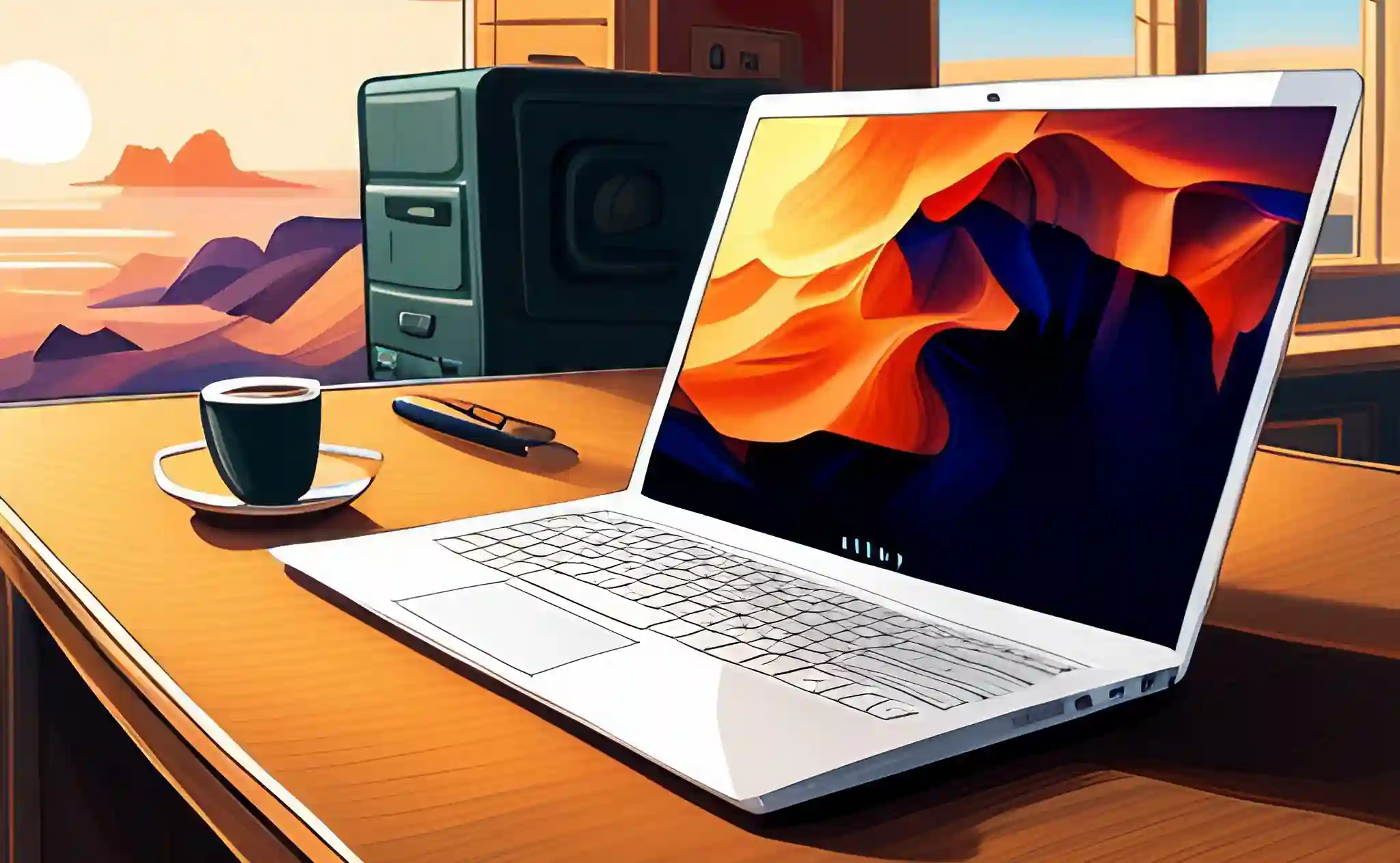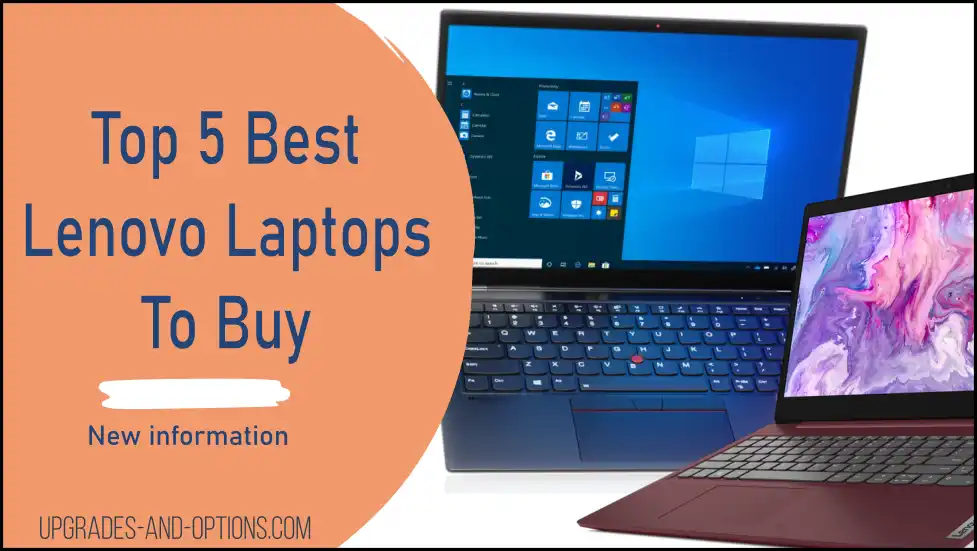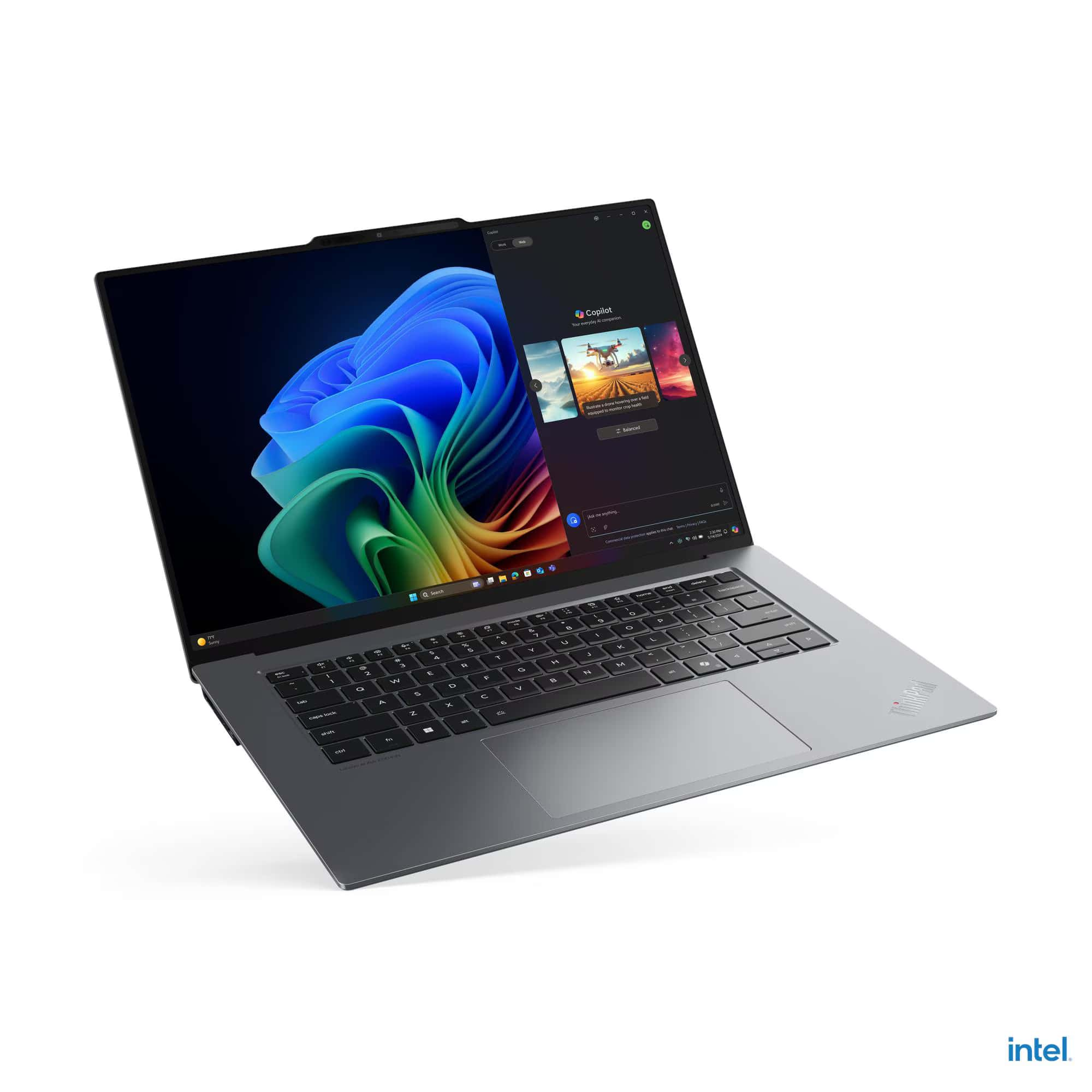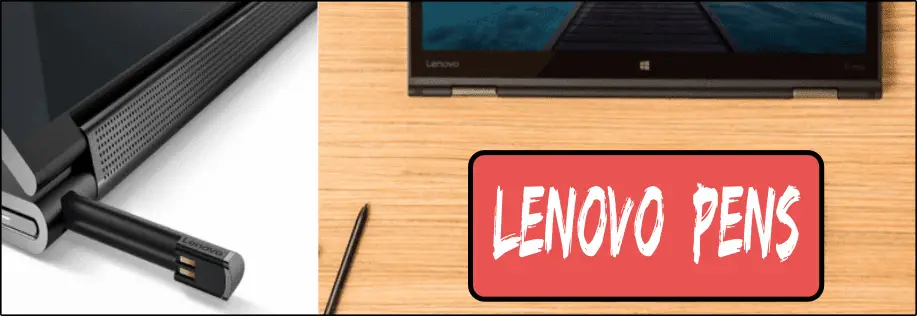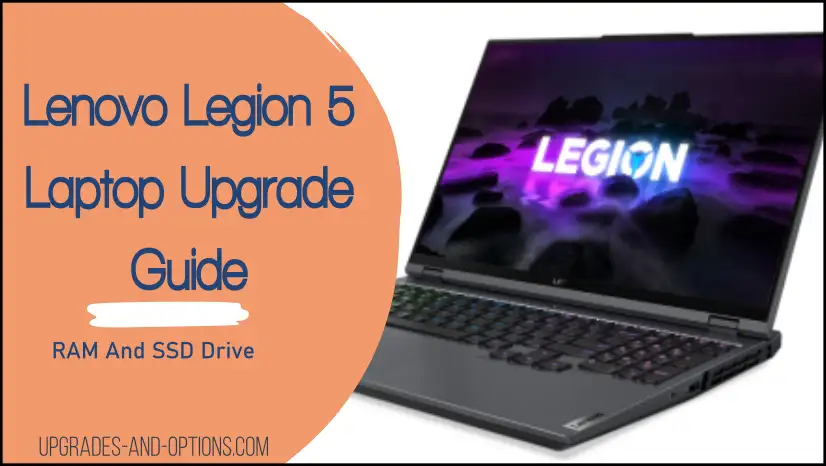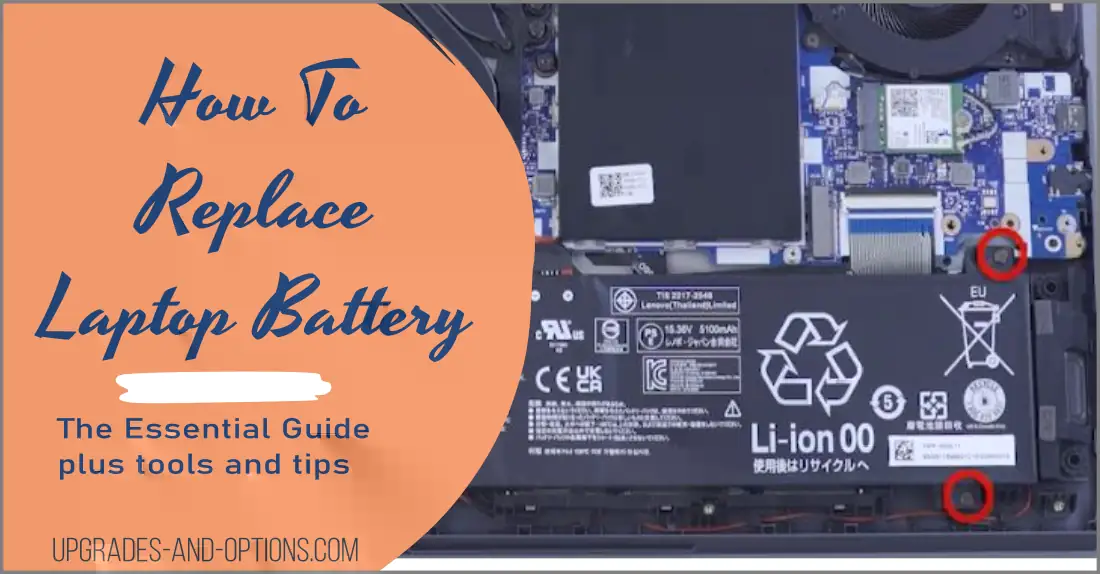A laptop deemed outdated by today’s standards could still hold immense potential, given the right software environment.
With over 20+ years of experience in the tech industry, I’ve seen the countless challenges faced by those with aging laptops. Rest assured, you’re not alone in your search for a fast and efficient OS to breathe new life into your old device.
This article will provide practical solutions and expert advice based on my expertise in the field.
- The Challenge: Optimizing Old Laptops for Speed and Performance
- Top OS Options for Older Laptops
- Step-by-Step Guide: Installing a Fast OS on Your Old Laptop
- Additional Tips for Optimizing Your Old Laptop
- Understanding The Need for Lightweight Operating Systems
- Exploring the World of Lightweight Operating Systems
- Installation & Set-up of Lightweight Operating Systems
- Optimization & Maintenance of Old Laptops
- Conclusion
The Challenge: Optimizing Old Laptops for Speed and Performance
As technology evolves rapidly, many people find it challenging to keep their older devices up-to-date and efficient. Finding the right OS is crucial if you can’t afford a new device or want to make the most of your current laptop.
In this article, you will learn:
- The best OS options for older laptops
- Step-by-step guide on how to find and install a fast OS
- Additional tips for optimizing your old laptop’s performance
Top OS Options for Older Laptops
Based on my experience, here are five lightweight operating systems that work well on older machines:
- Linux Lite: As the name suggests, Linux Lite is a light version of the popular Linux OS. It’s user-friendly, fast, and ideal for older laptops with limited resources.
- Lubuntu: This is another Linux-based OS known for its speed and simplicity. Lubuntu is designed specifically for computers with low hardware specifications.
- Peppermint OS: With a combination of cloud-based applications and a lightweight design, Peppermint OS offers a smooth experience for older devices.
- Zorin OS Lite: Zorin OS Lite caters to users switching from Windows to Linux. It’s easy to use and perfect for breathing life into older laptops.
- Chromium OS: Based on Google’s Chrome OS, Chromium is a free, open-source alternative suitable for older hardware.
Step-by-Step Guide: Installing a Fast OS on Your Old Laptop
Here’s a general overview of the installation process:
- Research: Do your research and choose the best OS for your needs and hardware specifications.
- Backup: Before anything else, make sure to back up all important files and data from your computer.
- Download: Visit the official website of your chosen OS and download the necessary installation files.
- Create Installation Media: Using a tool like Rufus, create a bootable USB drive with the downloaded OS files.
- Set Boot Order: Restart your computer and enter the BIOS setup to change the boot order to prioritize the USB drive.
- Install: Follow the installation prompts and instructions to install your new OS.
- Updates and Drivers: Once installed, update your OS to the latest version and install any necessary drivers for your hardware.
The specific steps and process may vary depending on your chosen OS and laptop model. Always refer to the documentation provided by your chosen OS for installation guidance. Mastering Linux Laptops: Complete Guide
Additional Tips for Optimizing Your Old Laptop
- Regular Maintenance: Clean your laptop’s vents and fans to remove dust and keep it running efficiently.
- Upgrade Hardware: If possible, upgrade your RAM or swap out your hard drive for a more modern SSD.
- Minimize Background Processes: Closing unused apps and minimizing background processes can improve the performance of your old laptop.
- Choose Lightweight Programs: Select software designed for low-resource devices to optimize performance.

Understanding The Need for Lightweight Operating Systems
The Compelling Case for Lightweight Operating Systems in Older Laptops
As the decade-old dictum says, “Hardware is cheap, but humans are not.” A phrase that is undoubtedly familiar to the seasoned tech enthusiasts among us. This ripple of logic extends beyond the core tenet of human resources and dives right into the heart of our present topic – the issue of outdated laptops nagging for a lightweight operating system (OS).
If you have an aging laptop, perhaps one that was top-of-the-line in its heyday, there’s a solid chance it might feel sluggish in this era of rapid technological advancement. So the question arises: Why do these old laptops call for lightweight operating systems? The answer springs from the inevitable intersection of technology and advancement, where old game horses have to keep up with the pace.
Our understanding of the need for a lightweight OS in old laptops hinges on the structure and functionality of such systems. Lightweight operating systems have been designed to be minimalist, using fewer system resources and offering greater speed and efficiency. They are optimized to perform well even on hardware that lacks high-speed processors or high-capacity RAM, making them the ideal match for those old laptops collecting dust in the corner of the room.
One of the most glaring realities of old laptops is the limitation of their processing power and system memory. The latest versions of mainstream operating systems, with their high-end graphical interface and system resource demand, can place significant strain on older hardware. A lightweight OS, conversely, consumes less CPU power and consumes minimal RAM, therefore extending the lifespan and performance of an older laptop.
Furthermore, the software requirements of older laptops often don’t align with newer, resource-intensive applications. Lightweight operating systems provide compatibility with a wide range of software, including those that aren’t optimized for new updates, ensuring the efficacy of the device.
Automation is a key requirement in today’s fast-paced tech environment. With a lightweight OS, automation becomes a feasible task even in old laptops. Tasks that were once laborious and time-consuming can be automated, thereby reducing human effort and making the use of technology more enjoyable and less of a chore.
Finally, addressing the green issue, lightweight operating systems can encourage sustainability, as they breathe new life into old laptops. This could lead to a reduction in electronic waste created by obsolete devices and reinforces the idea of tech sustainability in an age where advances in tech are usually synonymous with increased waste. Mastering Laptop Operating Systems: A Comprehensive Guide
The call for lightweight operating systems in older laptops is a clear example of how technology can adapt and evolve, matching pace with an ever-evolving tech environment without leaving the old guard behind. It’s a nod to the sphere where advancement doesn’t necessarily mean outdating the old but rather refining and embracing it in a new light. So, rather than shelling out for a new laptop, perhaps it’s time to consider a lightweight OS for that old faithful.

Exploring the World of Lightweight Operating Systems
Lightweight operating systems are the undervalued champions of the tech world, offering simplicity and speed, especially for older laptop models. Here we delve into some promising examples that breathe fresh life into those glances back at technological yesteryear.
Linux Lite
Considered one of the most user-friendly operating systems, Linux Lite is based on the Ubuntu distribution and Linux 5.4 LTS kernel. This operating system is made with newcomers to Linux in mind while being powerful enough to spark the interest of seasoned technophiles. Linux Lite reserves less than 1GB RAM, making it ideally suited to older laptops.
Puppy Linux
Puppy Linux deserves attention for its unique offering. This operating system is small, performant, and, perfect for older machines. Interestingly, it can run straight from RAM, offering remarkable speed. Despite its tininess, it doesn’t compromise functionality, with an array of apps from browsers to word processors.
Lubuntu
Lubuntu, also a lightweight version of Linux, uses the LXDE desktop environment, known for its minimal resource demand. The desktop has a conventional layout with a fast, easy-to-use interface, making it suitable for non-tech savvy users or those wanting a simplistic, fuss-free desktop experience. It is ideal for hardware with limited capacity.
Peppermint
With a hybrid design approach, Peppermint OS combines cloud applications with desktop apps, resulting in expedient capability while maintaining minimum resource demand. Peppermint integrates seamlessly into web-based applications, allowing older laptops to function efficiently in today’s cloud-first world.
Arch Linux
For the tech-savvy, Arch Linux is an excellent choice. As a lightweight operating system built around minimalism, it permits customization according to the user’s requirements. While it might be challenging for beginners, it’s rewarding for those willing to immerse in the technical intricacies of an OS.
Bodhi Linux
Bodhi Linux features the Moksha desktop and an Ubuntu LTS base, promising excellent performance on limited hardware – we’re talking as low as 128MB of system RAM! Pre-installed with only necessary apps, Bodhi Linux allows complete user customization, making it a favorite amongst tech enthusiasts.
In conclusion, lightweight operating systems represent a path toward both environmental sustainability and sheer computing practicality. Given the right mindset, embracing any of the above choices can turn a sluggish old laptop into a swift, efficient, and reliable daily workhorse. Consider rejuvenating those aging tech tools through these inspirationally minimalist avenues instead of adding them to the electronic waste pile. Technological progress is not just about newer, more cumbersome applications, but also about utilizing the past’s tech prowess through smart, streamlined systems.
Peppermint OS Official Website
Zorin OS Lite Official Website
Installation & Set-up of Lightweight Operating Systems
First, an understanding of how to install and set up lightweight operating systems like Linux Lite, Puppy Linux, Lubuntu, Peppermint, Arch Linux, and Bodhi Linux will be explored.
Each of these provides unique value for older laptops, and their installation processes have been optimized to inspire confidence even among tech novices.
Linux Lite, for instance, is designed with Windows users in mind. Just download its ISO file from the official website, and utilize a tool like Rufus to create a bootable USB stick. After booting from the USB, simply follow the setup prompts. Similar procedures apply to Puppy Linux and Lubuntu – both notable for the dual emphasis on simplicity and functionality.
Peppermint and Arch Linux, while requiring more technical prowess, offer more customization options. Arch Linux also boasts “The Arch Way,” a minimalistic approach, that provides users optimization and efficiency. It is installed using the archiso, a live system booted from a USB stick. Users are guided on partitioning, mounting, and installing the base packages, as well as setting up networking and creating a new user.
With Bodhi Linux, it’s about the seamless fusion of performance and aesthetics. Its Moksha desktop environment enhances older hardware. To install, again download the ISO file, create a bootable USB or CD/DVD, and run live before installation.
The beauty of lightweight operating systems, beyond their resource-conserving nature, lies in their customization options. They are tailor-made for tinkerers who delight in personalizing their systems. Every screen, every tool, and every function can be tweaked to mirror individual preferences, making the user experience liberating.
Performance is essential in the tech space and these lightweight systems excel here. They run commendably on older hardware, transforming aged laptops into functional devices, offering life expectancy beyond their perceived shelf-life.
As for beginners, lightweight operating systems like Linux Lite and Lubuntu possess user-friendly options that make the transition smoother. Meanwhile, those seeking an intricate understanding of the technicalities of operating systems can gravitate towards Arch Linux and Bodhi Linux, which demand a higher interaction level.
In conclusion, installing lightweight operating systems on old laptops benefits users in more ways than one. It not only fosters a sustainable tech culture but also offers improved performance and customization that is bound to invigorate any tech enthusiast’s experience. So why not give your old laptop a new lease on life? Embrace these power-packed, lightweight OS and discover a whole new world of efficient and sustainable computing.
Optimization & Maintenance of Old Laptops
A lightweight operating system is only as good as its applications. This is where repositories, such as Ubuntu’s, come into the picture. These repositories are treasure troves of software that can be installed directly from the command line, with lightweight alternatives for every possible need. Investing time in learning the command line brings along the benefit of quicker installations and efficient bug fixes.
To ensure the laptop will not be slowed down by unnecessary software, it is essential to remove unused applications. Whether it’s a rarely-used media player or a redundant web browser, every bit of saved processing power and storage helps. On lightweight OSs, this removal process is more streamlined, contributing to system maintenance.
Regular updates are crucial. Lightweight OSs typically have leaner updates, which means less to download and install, less to go wrong, and less to troubleshoot. This results in an improved, more secure experience, with each version providing new tools, more robust security, and better compatibility with applications and hardware.
In terms of data management, lightweight operating systems truly shine. The ability they offer to run the entire system from RAM dramatically increases speed and performance, especially valuable on older hardware. For saving important files, cloud storage like Dropbox or Google Drive serve as fitting alternatives, reducing the strain on the local drive, and freeing up more resources for the system.
The performance also hinges on web browsing habits. Web browsers can eat up significant system resources, especially with multiple tabs and extensions running. Tools such as NoScript and uBlock Origin aid in minimizing the strain on system resources by controlling and blocking unnecessary scripts.
Furthermore, a key way for a lighter touch is in the choice of standalone apps over heavier, full-suite applications. Opt for AbiWord over full-scale office software, or Gnumeric for spreadsheet needs. Additionally, consider Scribus for desktop publishing and GIMP for more graphic-intensive tasks.
When it comes to maintaining system performance over time, a near-obsession with resource monitoring is invaluable. Fortunately, lightweight operating systems generally have lean, powerful system monitors built in. These tools allow users to see which processes or applications are using the bulk of system resources and take action if needed.
Lastly, the paramount rule: Keep it lean, keep it clean. Over time, any operating system will start to accumulate unnecessary data, whether it’s temp files, cached web pages, or unused apps and documents. Regular cleanups help maintain peak performance, and numerous tools are available for lightweight OS users to facilitate this process, like BleachBit or the built-in cleaner in Linux Lite, Lite Tweaks.
As technology continues to progress, the need for chunky operating systems fades. Lightweight operating systems deliver value on multiple fronts: they breathe new life into old hardware, are simpler for newcomers to adopt, and allow in-depth exposure for enthusiasts. Furthermore, they aid in promoting a more sustainable and efficient computing industry, lessening electronic waste. While a lightweight operating system will not turn an old laptop into a high-performance machine, the optimization and maintenance strategies discussed can significantly enhance an older laptop’s usability. Take the plunge, step into the lightweight world, and witness the transformative power it has over old laptops.
Revitalizing an old laptop goes beyond the sole act of installing a lightweight operating system. It’s about breaking the disposable mindset, cherishing the value of what we already possess, and understanding that with the right software adjustments, even dated hardware can find a purpose, a second life. Through various lightweight operating systems, not only is the speed and performance of your old laptop enhanced, but its life cycle is also meaningfully extended. The installation and setup guide has hopefully simplified this previously daunting task, and the optimization techniques suggested will serve to continuously maintain your machine in good health. So dig out that old laptop from your closet and embark on this journey of digital renewal; after all, a slow laptop isn’t necessarily a dead laptop.
Conclusion
Now you know the top OS options for older laptops and how to install one on your device. Remember to regularly maintain your laptop and make use of lightweight programs for optimal performance. With a little effort, you can extend the lifespan of your old laptop and enjoy a fast and efficient computing experience.

J.S. is the owner, content creator, and editor at Upgrades-and-Options.com. I’ve worked in the IT and Computer Support field for over 20 years. The server hardware in my computer labs has mostly been IBM, but I’ve supported Dell, HP, and various other hardware. In addition, as part of my lab administrator responsibilities, I’ve learned, supported, and repaired/upgraded network hardware such as Cisco routers and switches. READ FULL BIO >>

